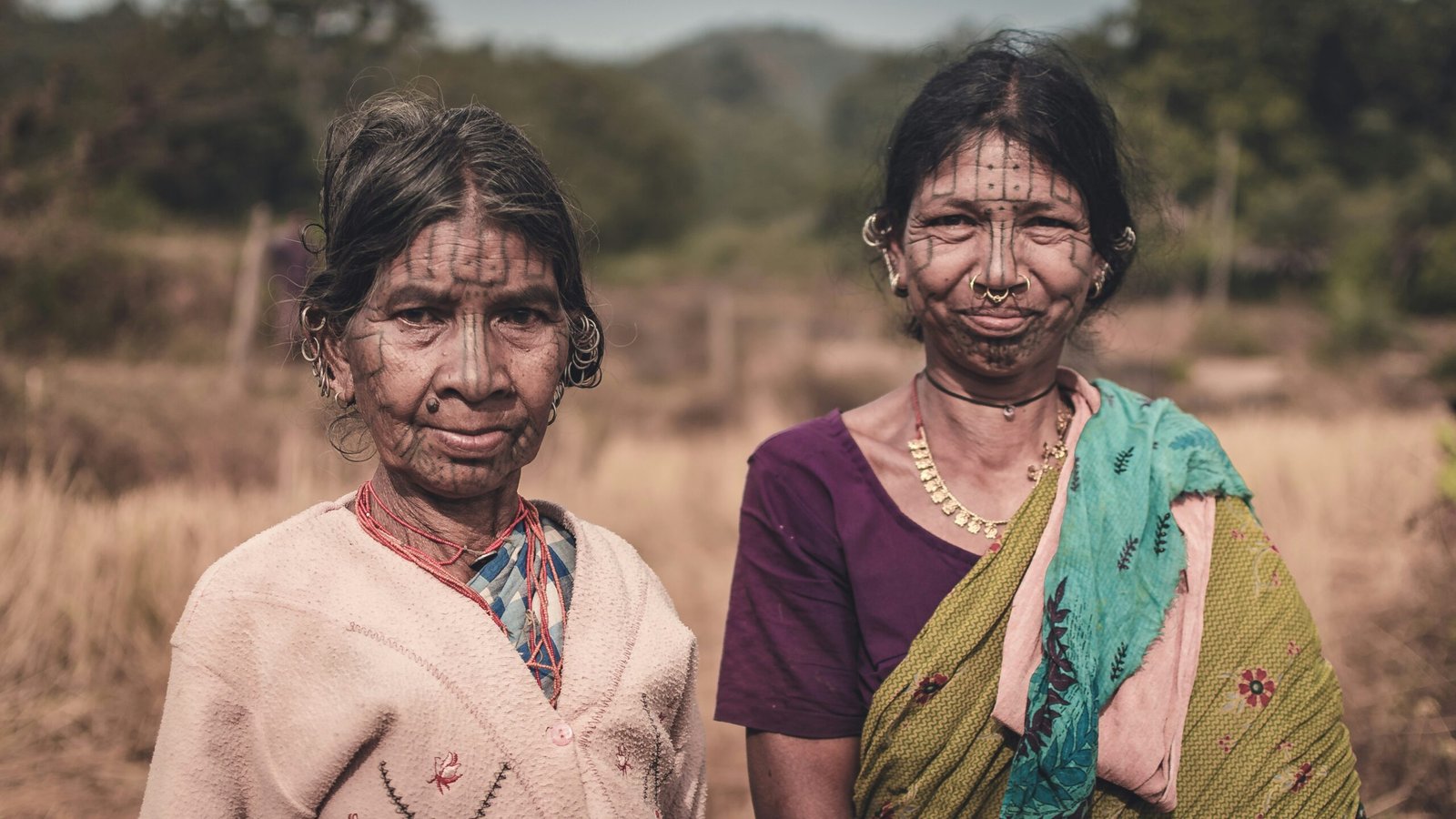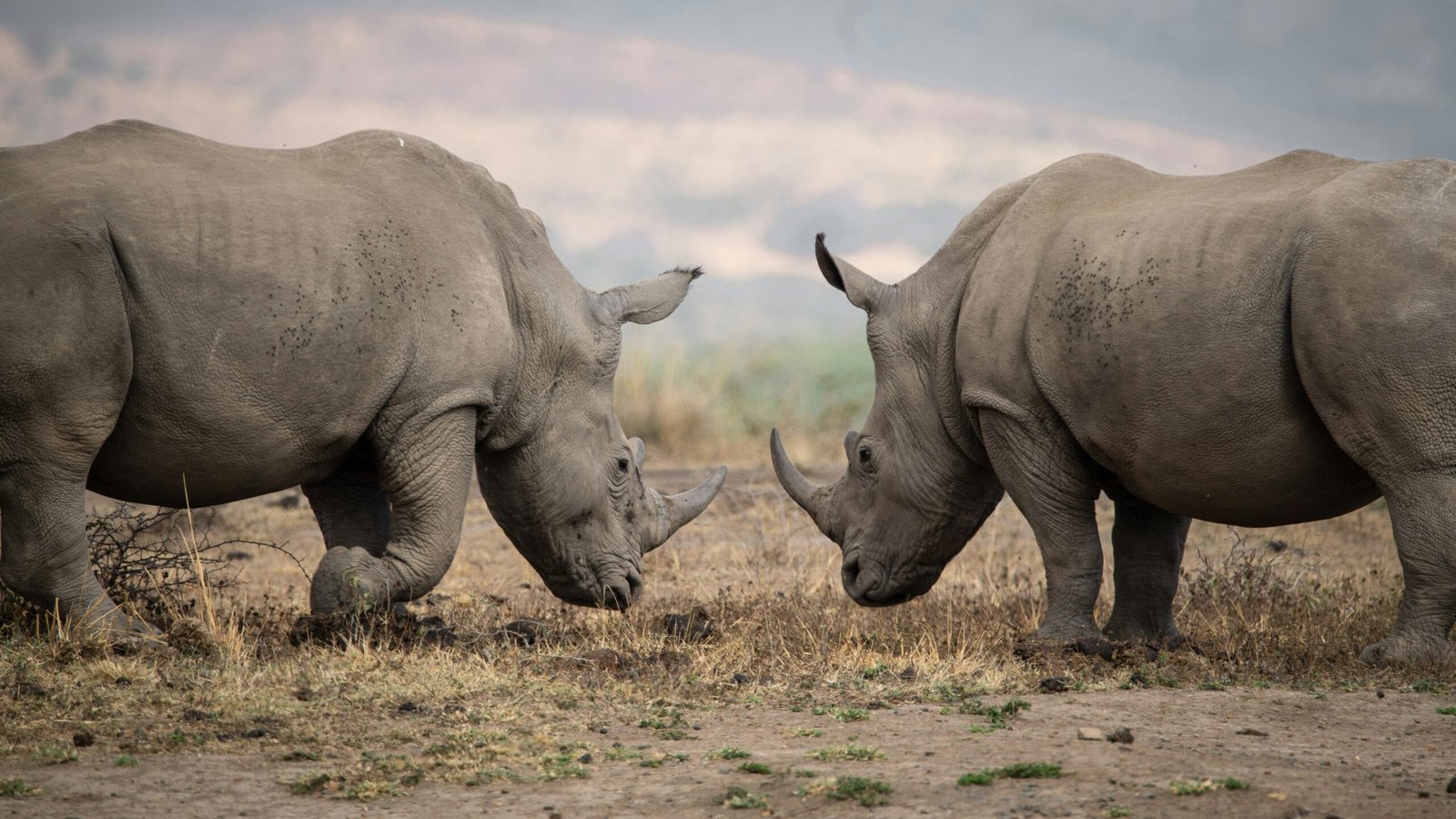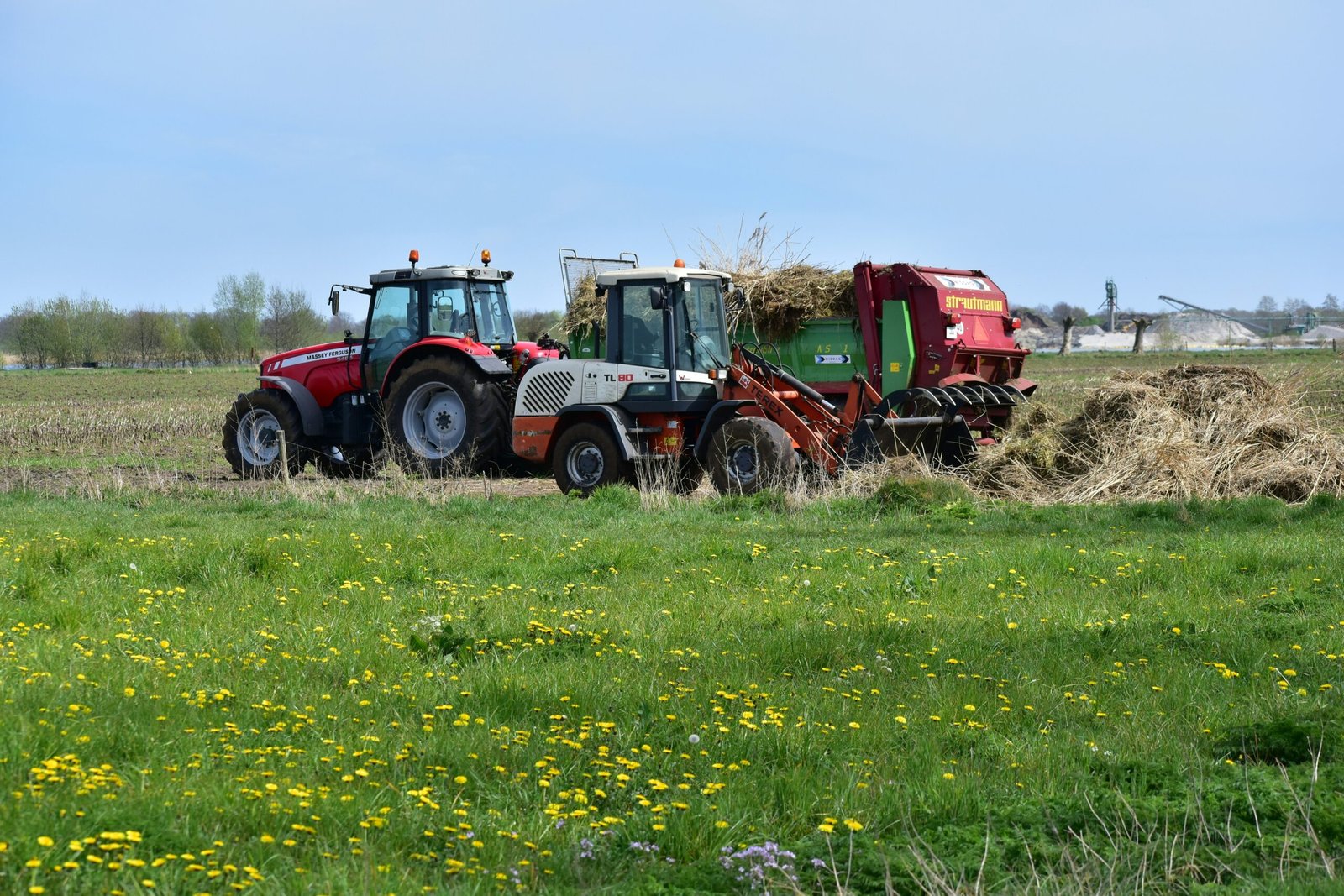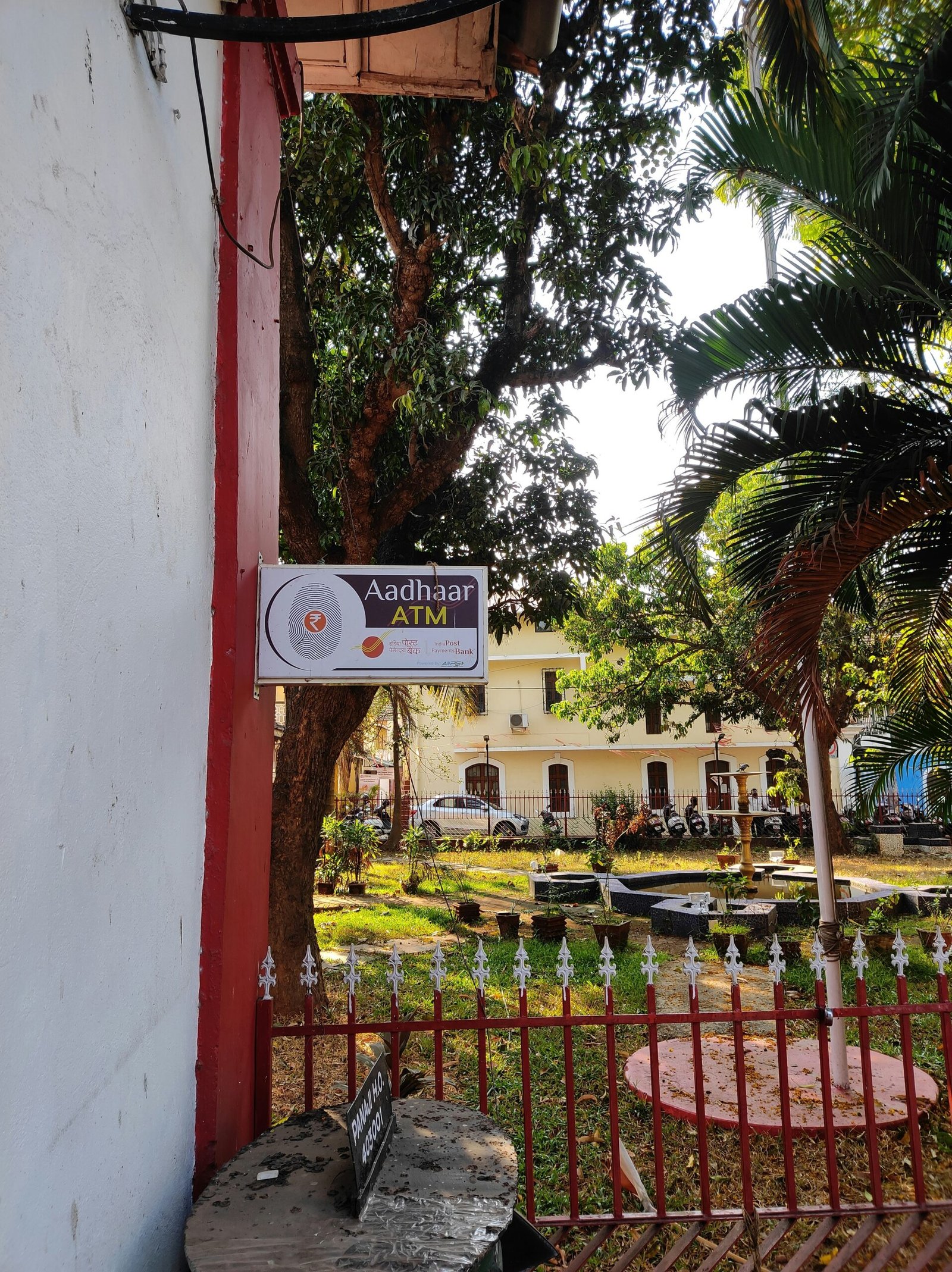Current Affairs
Overview of Pravasi Bharatiya Divas Pravasi Bharatiya Divas (PBD) serves as a significant platform that celebrates the contributions of the Indian diaspora worldwide. Organized by the Ministry of External Affairs of India, this biennial event is a culmination of India’s efforts to foster connections with its expatriates and to appreciate…
Introduction to PM-ABHIM The PM Ayushman Bharat Health Infrastructure Mission (PM-ABHIM) is a landmark initiative launched by the Government of India aiming to enhance and strengthen healthcare infrastructure across the nation. The scheme is in direct response to the increasing need for robust healthcare systems, particularly in light of the…
Introduction to UDISE and Its Evolution The Unified District Information System for Education (UDISE) serves as a pivotal tool in enhancing the educational landscape of India. Established to consolidate data regarding various aspects of school education, UDISE provides a systematic framework for data collection, analysis, and dissemination across the country.…
Understanding the Foreign Trade Policy (FTP) The Foreign Trade Policy (FTP) of India plays a crucial role in shaping the country’s international trade practices and regulatory framework. Established by the Government of India, the FTP serves as a comprehensive guide for exporters and importers to navigate the complexities of global…
Understanding the Phenomenon of Ice-Free Days The term ‘ice-free day’ is specifically used to refer to a period during the seasonal cycle when the Arctic Ocean is devoid of sea ice. This phenomenon is primarily defined by the sea ice extent dropping below one million square kilometers, a threshold that…
Introduction to the One Nation One Election Bill The One Nation One Election Bill was introduced in the Lok Sabha by Law Minister Arjun Ram Meghwal on December 17, 2024. This legislative proposal aims to synchronize the electoral processes for the Lok Sabha and various state assemblies across India. The…
What is PAN 2.0? PAN 2.0 is a significant e-governance initiative aimed at modernizing the tax filing and compliance system in India. The project seeks to enhance the efficiency and user-friendliness of the Permanent Account Number (PAN) process, as well as the Tax Deduction and Collection Account Number (TAN) services.…
Introduction: The Current State of India’s Prison System India’s prison system is currently facing a critical overcrowding crisis, which has garnered increasing attention from both the media and human rights organizations. Recent statistics reveal that Indian prisons are operating at an alarming occupancy rate of approximately 118%. This figure signifies…
Introduction to GRAP and Its Stages The Graded Response Action Plan (GRAP) was established as a systematic framework to address air pollution in Delhi-National Capital Region (NCR) effectively. Its primary purpose is to provide a structured response to varying levels of air quality, guided by the Air Quality Index (AQI).…
Introduction to COP29 and BASIC Countries COP29, or the 29th Conference of the Parties to the United Nations Framework Convention on Climate Change (UNFCCC), represents a critical platform for international dialogue and action regarding climate change. Scheduled to convene in [location and date], COP29 gathers countries from around the globe…
Introduction to India’s Pinaka Rocket Launcher System The Pinaka multi-barrel rocket launcher system, developed by India’s Defence Research and Development Organisation (DRDO), represents a significant milestone in the nation’s defense manufacturing capabilities. Initiated in the early 1980s, this system has evolved through relentless innovation and rigorous testing, showcasing India’s commitment…
Overview of COP29 The 29th Conference of the Parties (COP29) to the United Nations Framework Convention on Climate Change is set to take place in Baku, Azerbaijan, from November 2 to November 15, 2024. This significant global event aims to unite leaders from around the world to address the pressing…
Overview of the India-ASEAN Trade Deal The India-ASEAN trade deal was first established in 2009 during the tenure of the United Progressive Alliance (UPA) government. This initiative marked a significant step towards enhancing economic cooperation between India and the Association of Southeast Asian Nations (ASEAN), a region that is increasingly…
Nobel Prize in Physics 2024: John J. Hopfield and Geoffrey E. Hinton The 2024 Nobel Prize in Physics has been awarded to John J. Hopfield and Geoffrey E. Hinton, recognizing their groundbreaking contributions to the realm of artificial neural networks. These two esteemed physicists have utilized principles from statistical physics…
Introduction to the Nobel Prize The Nobel Prize is an esteemed international award that recognizes significant contributions in various fields including physics, chemistry, medicine, literature, economics, and peace. Established in 1895 through the will of Alfred Nobel, a Swedish inventor, engineer, and industrialist, the Nobel Prize has become synonymous with…
Nobel Peace Prize 2024: An Overview The Nobel Peace Prize, established by the will of Alfred Nobel in 1895, is awarded annually to individuals or organizations that have made significant contributions to the promotion of peace. It is regarded as one of the most prestigious global accolades, celebrating efforts in…
Understanding the Impact of Climate Change on Children Climate change has emerged as a formidable challenge, particularly impacting vulnerable populations, including children and youth, across the globe. Reports indicate that children are disproportionately affected by the consequences of environmental changes, with many experiencing interruptions in their education, health, and overall…
Understanding World Cotton Day World Cotton Day, celebrated on October 7, was established in 2019 as a global observance aimed at raising awareness about the importance of cotton in the economic and social development of countries, particularly those that are less developed. This initiative arose from the collaborative efforts of…
Introduction to the Dharti Aaba Janjatiya Gram Utkarsh Abhiyan The Dharti Aaba Janjatiya Gram Utkarsh Abhiyan has emerged as a pivotal initiative aimed at fostering the development of tribal villages across Jharkhand. Launched recently by the Prime Minister, this program signifies a concerted effort to uplift marginalized communities, ensuring their…
Introduction to Semiconductors: The New Oil Semiconductors have emerged as a pivotal component in modern technology, often referred to as the ‘new oil’ due to their essential role in powering a multitude of electronic devices. These materials, characterized by their ability to conduct electricity under certain conditions, are integral to…
What is Organized Crime? Organized crime is a complex and multifaceted phenomenon that continues to challenge legal frameworks and enforcement agencies worldwide. Defining organized crime uniformly is inherently difficult due to its diverse manifestations across different cultures and jurisdictions. The United Nations provides a widely recognized definition, describing organized criminal…
The Foundations of India’s Dairy Sector India’s dairy sector has a rich history that has established it as the world’s top producer of milk. Over the last few decades, significant transformations have occurred, largely driven by the commitment of small-scale farmers and the establishment of cooperative societies. The most notable…
Understanding One Nation, One Election (ONOE) The concept of One Nation, One Election (ONOE) has been introduced by the government officials as a transformative approach to streamline India’s electoral process. The primary objective of ONOE is to synchronize the timings of Lok Sabha (LS) and State Assembly (LA) elections, thereby…
Introduction to Mission Mausam Mission Mausam is an ambitious initiative launched by the Government of India aimed at significantly enhancing the country’s weather forecasting capabilities. The main objectives of this mission encompass the development of advanced meteorological techniques, improved accuracy in forecasting, and the overall efficacy of weather-related services. Given…
Defining Work Culture Work culture is a multifaceted concept that encompasses the collective values, beliefs, and principles that characterize an organization. It serves as the underlying framework that shapes employee behavior, influences company performance, and ultimately determines the effectiveness of an organization. By establishing a coherent set of ideologies, work…
Introduction to World Rhino Day World Rhino Day, celebrated annually on September 22, serves as a significant occasion to raise awareness about the plight of rhinoceros species around the globe. Established in 2010 by the World Wildlife Fund (WWF) and supported by various conservation organizations, this day aims to highlight…
The Renaming of Port Blair Port Blair, the capital of the Andaman and Nicobar Islands, has undergone a significant transformation with its renaming to Sri Vijaya Puram. This change is an integral part of the Indian government’s initiative to remove colonial legacies from the country’s history. The city was originally…
Overview of the INDUS-X Summit The INDUS-X Summit serves as a vital platform for promoting defense innovation and collaboration between India and the United States. This event has gained prominence for its strategic focus on advancing bilateral relationships in defense technologies. Since its inception, the summit has aimed to address…
Overview of Turkey’s Bid to Join BRICS Turkey’s aspiration to join BRICS, an association of emerging economies including Brazil, Russia, India, China, and South Africa, represents a significant shift in its foreign policy objectives. Historically, Turkey’s strategic orientation has been primarily towards the West, particularly through its long-standing desire to…
“`html Boosting Domestic Production: Enhancing Exploration and Mining The Critical Mineral Mission of India aims to significantly boost the domestic production of essential minerals, a cornerstone for the nation’s clean energy and technological progress. Central to this mission is leveraging technological advancements and instituting regulatory reforms that create an enabling…
“`html The Role of Organic Farming in Population Health Union Home Minister has underscored the significant role of organic farming in enhancing the health of India’s population. Organic farming, by its very nature, minimizes the use of synthetic pesticides and fertilizers, thereby significantly reducing consumers’ exposure to these potentially harmful…
Introduction to NEP 2020 The National Education Policy (NEP) 2020, recently approved by the Union Cabinet, represents a significant milestone in India’s educational history. This policy marks the third major shift following those enacted in 1968 and 1986. With a vision to transform India into a global knowledge superpower, the…
Introduction to the First Global AI Pact The Council of Europe has recently introduced a groundbreaking convention on artificial intelligence (AI), marking the first international treaty that is legally binding and aims to regulate the use of AI technologies. This historic pact has garnered significant attention following its signing, which…
Introduction to the Loss and Damage Fund (LDF) The Loss and Damage Fund (LDF) was established at the 27th Conference of the Parties (COP27) in 2022, marking a significant milestone in the global effort to address the adverse impacts of climate change. The primary objective of the LDF is to…
Introduction to the Loss and Damage Fund (LDF) The Loss and Damage Fund (LDF) was established at the 27th Conference of the Parties (COP27) in 2022, marking a significant milestone in the global effort to address the adverse impacts of climate change. The primary objective of the LDF is to…
What is the Philadelphi Corridor? The Philadelphi Corridor is a strategically significant stretch of land situated along the Gaza-Egypt border. Measuring approximately 14 kilometers (8.5 miles) in length and about 100 meters wide, this narrow tract was established by Israel following the Six-Day War of 1967. Primarily serving as a…
Introduction to International Literacy Day International Literacy Day, celebrated on September 8th each year, stands as a significant global observance dedicated to highlighting the fundamental importance of literacy. Initiated by UNESCO in 1967, the day aims to raise awareness about the transformative power of education in individuals’ lives and broader…
Introduction to the 23rd Law Commission The establishment of the 23rd Law Commission marks a pivotal moment in the ongoing efforts to refine and evolve the legal framework in India. Formed by the Central Government, the Law Commission serves as an advisory body with a clear mandate: to conduct in-depth…
“`html Introduction to the BioE3 Policy On the cusp of a new era in biotechnology, the Centre’s new BioE3 Policy is poised to revolutionize economic development through innovative biotechnological advancements. This policy, formally known as the Bioeconomic Enhancement and Empowerment Policy, aims to integrate biotechnology into the economic framework, creating…
Introduction: The Revelation of the Hema Committee Report On August 22, 2024, the Kerala High Court made a significant decision to direct the state to submit the complete Hema Committee report in a sealed cover. This action emerged in response to a public interest litigation (PIL) demanding criminal proceedings against…
“`html What’s in Today’s Article? In this blog post, we delve into the intricacies of Prime Minister Narendra Modi’s landmark visit to Brunei, a significant event that stands to reshape the dynamics of India-Brunei relations. By exploring the multifaceted dimensions of this visit, we aim to provide a comprehensive understanding…
“`html Digital Agriculture Mission The Digital Agriculture Mission, with an earmarked expenditure of Rs 2,817 crore, is a pivotal initiative aimed at harnessing modern technology to elevate the living standards of farmers in India. Built on the robust framework of digital public infrastructure, the mission stands on two foundational pillars,…
Introduction to the New India Literacy Programme (NILP) The New India Literacy Programme (NILP), an ambitious initiative spearheaded by the Union Ministry of Education (MoE), aims to significantly bolster adult literacy rates across India. Considering the socio-economic nuances of the contemporary world, enhancing adult literacy is crucial for India’s forward…
Introduction to the IMD’s New Mission The Indian Meteorological Department (IMD) stands on the cusp of a significant transformation, marked by a groundbreaking initiative aiming to dramatically enhance weather forecasting capabilities within the nation. This mission, backed by a considerable budget of at least Rs 10,000 crore, is a testament…
Introduction to the Digital Agriculture Mission The Indian government has recently launched an ambitious initiative, the Rs 2,800-crore Digital Agriculture Mission, aimed at revolutionizing the agricultural sector of the country. This substantial investment underscores the government’s commitment to leveraging technological advancements to overcome longstanding challenges in Indian agriculture. The mission’s…
Introduction to Digital Bharat Nidhi In an era defined by rapid technological advancements, India’s ambitious initiative, Digital Bharat Nidhi, seeks to bridge the digital divide in rural regions. With a substantial portion of the population residing in rural areas, the necessity for enhancing telecom connectivity is both pressing and imperative.…
Introduction to PM Jan Dhan Yojana The Pradhan Mantri Jan Dhan Yojana (PMJDY) was formally launched by the Indian government in August 2014. As an ambitious national initiative, its core mission is to achieve comprehensive financial inclusion in India. At the time of its inception, a considerable portion of India’s…
Introduction to Ramsar Convention and Its Importance The Ramsar Convention, officially known as the Convention on Wetlands of International Importance, is an international treaty aimed at the conservation and sustainable use of wetlands. Established in 1971 in the Iranian city of Ramsar, the convention highlights the ecological significance of wetlands…
Introduction to Carbon Markets and Climate Goals A carbon market essentially operates as a system for buying and selling carbon emission allowances or credits. This market-driven mechanism allows countries or companies to trade emissions permits, enabling entities that can reduce emissions at lower costs to sell excess allowances to those…
Introduction to Forex Management (Non-Debt Instruments) Rules, 2019 The Foreign Exchange Management (Non-Debt Instruments) Rules, 2019, represent a significant component of India’s regulatory framework governing foreign investments. Originally introduced to streamline and facilitate foreign direct investment (FDI) in non-debt instruments in India, these rules play a crucial role in the…




















